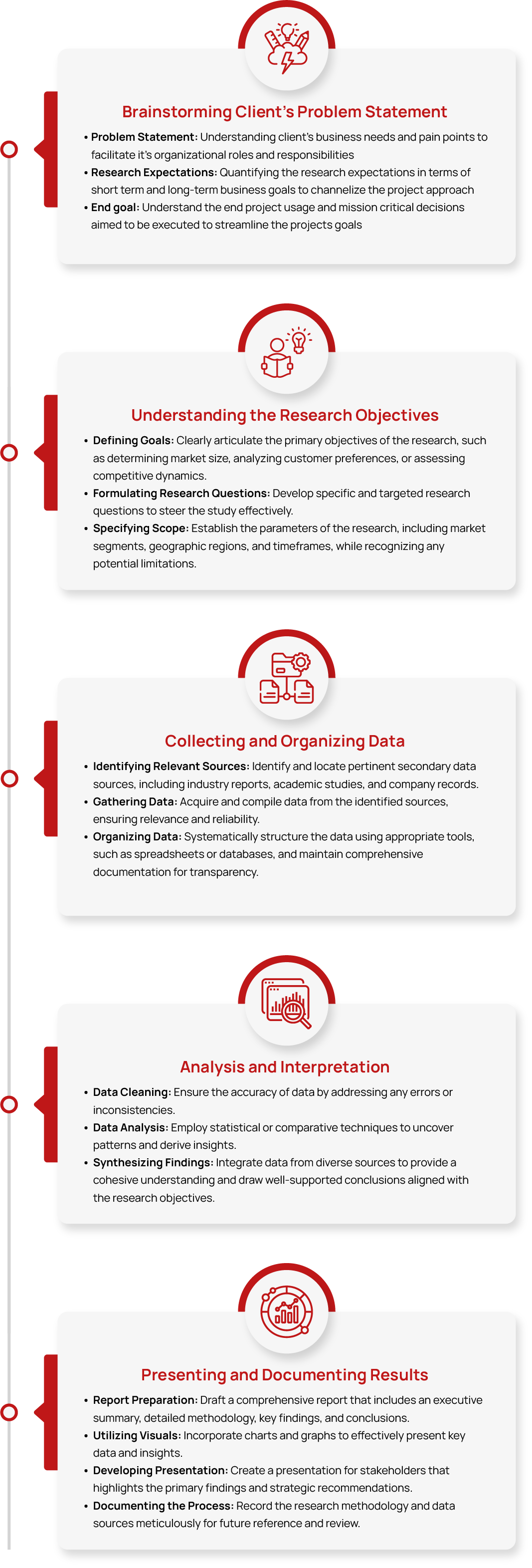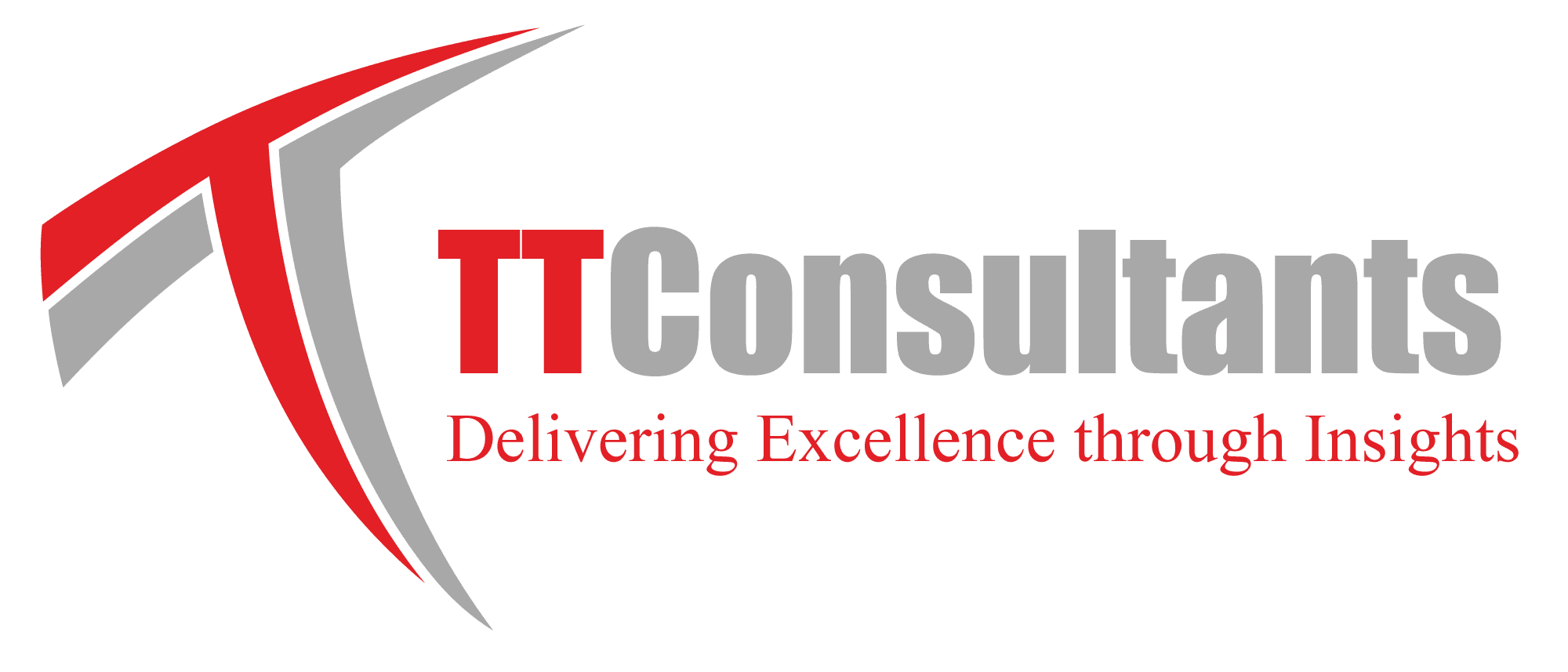Global Extreme Ultraviolet Lithography Market Size, Share, Growth and Trend Analysis Report, 2032
- Summary
- Market Landscape
- Methodology
- Table of Content
Global Extreme Ultraviolet Lithography Market Size, Share & Growth and Trend Analysis Report, By Equipment (Light Source, Optics, Mask), By End Use (Integrated Device Manufacturer, Foundries) and Regional Forecasts (Asia Pacific, Europe, North America, Latin America and Middle East & Africa), 2024 – 2032
Extreme Ultraviolet Lithography (EUVL) is an advanced chip-making technology that uses around 13.5 nm wavelength light to create smaller, more efficient transistors. It enables high-precision circuit patterns for smaller chips, ensuring better performance and energy efficiency. Unlike traditional methods, EUVL requires specialized mirrors and vacuum environments, making it essential yet complex for semiconductor manufacturing.
The Global Extreme Ultraviolet Lithography Market was valued at approximately USD 10 billion in 2024 and is projected to reach USD XX billion by 2032, growing at a Compound Annual Growth Rate (CAGR) of XX% during the forecast period from 2025 to 2032.
Industry Trends
The EUV lithography market is experiencing rapid growth as industries like consumer electronics, automotive, artificial intelligence, and high-performance computing increasingly adopt the technology. This surge in demand is driven by the need for smaller, faster, and more efficient semiconductor devices, enabling the development of compact electronic devices with enhanced performance.
Advancements in AI, 5G, and energy-efficient electronics are major drivers of EUV lithography demand. The rise of AI-powered devices, the rollout of 5G networks, and the push for energy-efficient electronics are fueling the need for high-performance chips with smaller nodes, which EUV technology enables, while also addressing sustainability and low-power consumption requirements.
However, EUV lithography faces challenges due to its high cost. The technology requires specialized equipment, complex infrastructure, and advanced light sources, making it an expensive investment for semiconductor manufacturers. The setup and operational costs are substantial, limiting its accessibility to only a few major companies with significant financial resources. These high costs pose a barrier to smaller manufacturers, slowing down widespread adoption and creating challenges in scaling up production.
Industry Expert’s Opinion
- Kwok Hoi-Sing, Director, State Key Laboratory of Advanced Displays and Optoelectronics Technologies at HKUST
“In recent years, the low-cost and high precision maskless lithography technology of traditional lithography machines has become an R&D hotspot because of its ability to adjust the exposure pattern, provide more diverse customization options, and save the cost of preparing lithography masks. Photoresist-sensitive short-wavelength microLED technology is therefore critical to the independent development of semiconductor equipment.”
- Drew Chambers, Global Business Director, Lithography Technologies, DuPont Electronics & Industrial.
“Building on a legacy of more than 50 years of materials innovation across lithography technologies, our team is now working with customers to enable today’s most advanced EUV lithography processes, including development of EUV underlayers and photoresists.”
TT Consultants’ Perspective
The Global Extreme Ultraviolet (EUV) Lithography Market is rapidly growing, driven by breakthroughs in technology and the demand for smaller, more powerful semiconductor chips.
Key innovations in light source technology and increasing investments from industry giants like ASML, Intel, and TSMC are fueling this expansion. As industries push for advancements in AI, 5G, and autonomous vehicles, EUV lithography is critical for manufacturing the next generation of high-performance microchips. The market is poised for significant growth, shaping the future of electronics in the years ahead.
Market Segmentation
1. By Equipment (Light Source, Optics, Mask)
Light Source segment dominated the market in 2024, holding approximately XX% of the global revenue share. The demand for light source equipment is rising due to advancements in semiconductor manufacturing, enabling the production of sub 10-15 nanometre chips. Investments from leading semiconductor manufacturers and government support for R&D are driving growth.
Optics play a crucial role in directing and focusing extreme ultraviolet light onto wafers for precise chip patterning and is expected to grow at a CAGR of XX% during the forecast period. As chip designs become more complex, the need for high-quality optics is increasing.
2. By End Use (Integrated Device Manufacturer, Foundries)
Integrated Device Manufacturers (IDMs) which design, manufacture, and sell semiconductor products, accounted for about XX% of the global revenue share in 2024.
They are adopting EUV lithography to enhance chip performance, power efficiency, and size across various applications, including computing, mobile devices, automotive, and IoT.
The foundry segment is expected to grow at a CAGR of XX% by 2032. Foundries are crucial for semiconductor production, and as the industry moves toward smaller, more efficient chips, EUV lithography is becoming a key technology for their manufacturing processes.
3. By Region (Asia Pacific, Europe, North America, Latin America and Middle East & Africa)
In North America Growth is fuelled by the demand for smaller, more powerful chips in industries such as computing, telecommunications, and consumer electronics. The region is heavily investing in EUV technology to push the boundaries of Moore’s Law.
Asia Pacific region holds a significant market share of USD XX bn in 2024, with China growing at a CAGR of around XX. Countries like China, South Korea, and Taiwan are leading semiconductor manufacturers, with companies such as Samsung, TSMC, and SMIC investing heavily in EUV lithography.
European semiconductor manufacturers and research institutions are focusing on EUV lithography to enhance chip miniaturization and performance, ensuring competitiveness in the evolving tech industry.
Competitive Scenario
The key companies in the extreme ultraviolet lithography market include ASML Holding NV, NTT Advanced Technology Corporation, Canon Inc, Nikon Corporation, Intel Corporation, Taiwan Semiconductor Manufacturing Company Limited (TSMC), Samsung Electronics Co. Ltd, Toppan Photomasks Inc, ZEISS Group, and Ushio, Inc. These companies collectively hold the largest market share and influence industry trends.
Recent Developments and Strategic Activities:
- In January 2025, Chinese scientists pioneered new approaches in EUV lithography, aiming to advance the mass production of advanced semiconductor chips. These innovations seek to navigate the challenges posed by international sanctions, particularly those from the United States.
- In December 2024, Lawrence Livermore National Laboratory (LLNL) announced a four-year, approximately USD 12 million research partnership to advance EUV lithography. The initiative focuses on developing a lab-developed driver system, known as the Big Aperture Thulium (BAT) laser, to enhance EUV technology.
- In November 2024, ASML reaffirmed its 2030 revenue targets, projecting annual revenues between Euro 44 billion and Euro 60 billion, with a gross margin of 56% to 60%. The company anticipates significant growth driven by advancements in EUV technology and increasing demand in the semiconductor market.
- In April 2024, Intel completed the assembly of one of the world's most advanced EUV lithography systems. The integration of High-NA EUV technology is expected to enhance Intel's lithography capabilities, positioning the company to drive innovation in semiconductor manufacturing.

Please fill out the form to request the ToC and gain access to detailed insights in the report.
Request Table of Contents







